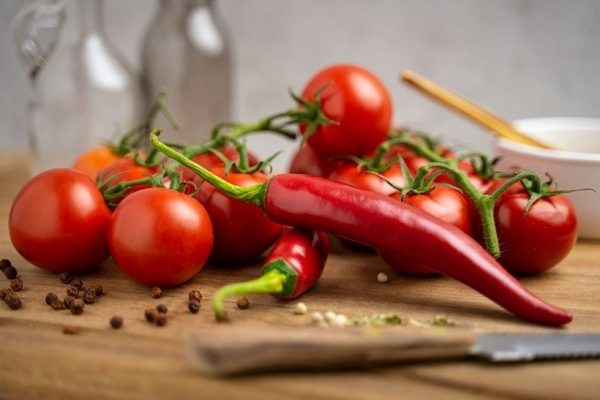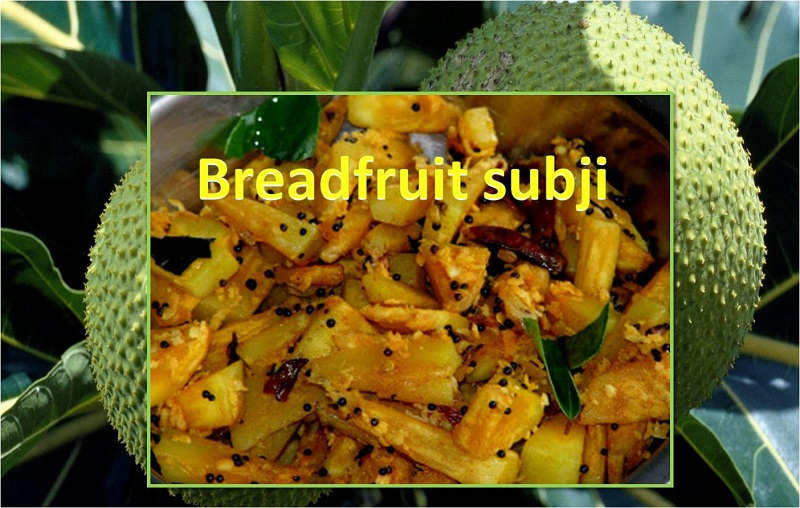
How to reduce spice in your dish and more cooking tips
How to reduce spice in your dish and more cooking tips from grandma…
Cooking is a skill. Anyone can cook if they know some simple tips.
To be a good cook, learn some simple cooking tips from grandma.
1) If your soup or rasam is over salted then, toss in couple of peeled potato pieces and boil for 3-4 minutes. Potato will draw-out some of the salt!
2) If you have many herbs during summer, store them for winter. All you need to do is cut herbs in small pieces and transfer to ice cube holders. Add oil and water and store in freezer.
3) To avoid over spilling of water in boiling pot or vessel, keep a wooden spoon across on top of the vessel.
4) While cooking beetroot, do not add salt. Instead add salt after cooking.
5) Do not reheat pizza in microwave. Instead, reheat on a tawa or pan. This will retain the original flavor of the pizza.
6) To cut an apple or any types of pies, hold the knife under hot water for a minute and then use knife for easy cutting.
7) To keep cheese fresh, do not store in plastic. Instead, store in a parchment paper.
8) Do not boil pasta in a small vessel. Use a wide mouth vessel for easy and proper boiling. Fill a large pot (5 to 6 quarts) with water and let it come to a rapid boil. Then add 2 tablespoons of salt.
9) Do not store tomato in the fridge. Keep tomatoes on the kitchen counter in a single layer for maximum air circulation, and avoid putting them in direct sunlight.
10) Use dry measuring cups when portioning out flour, sugar, cocoa powder, and cornstarch, as their flat rims are designed to help you get the most accurate measure. Do not use wet measuring cups for dry materials!
11) If your dish is too spicy, add dairy – milk or cream to it. Dairy is the best neutralizer for spice. This is because chilis contain capsaicin, a substance which makes your taste buds feel that fiery burn. Milk contains casein, a compound which bonds with capsaicin and helps dissipate it.
12) If you are cooking with bitter vegetables like bitter gourd or orange peel, cut them into pieces. To these pieces,add salt and turmeric and let it sit for half an hour and then, squeeze the vegetable to remove some bitter liquid. Throw the liquid and proceed with cooking.
13) When to add more sourness to dish ? If the dish tastes too sweet or spicy add some sourness.
14) If you don’t have fresh herbs and the herbs that you have dried, then use dried herb for cooking by reducing the amount to half. Because dried herbs are little more concentrated in flavor and still useful.
15) Cook pasta 1 minute less than the package instructions and cook it the rest of the way in the pan with sauce
16) Taste as you go- Unless you are preparing something for offerings for God, there is nothing wrong in tasting the food as you prepare.
17) Read full recipe before you start cooking. Remember recipe is only for guiding and you can always replace the ingredient with similar one.
18) When you’re going to sauté garlic, slice it rather than mincing it — it’s less likely to burn that way.
19) Use coarse sea salt mixed with little oil for seasoning a salad. It will stay crunchy when combined with the vinaigrette.
20) Use proper and appropriate knifes for cutting vegetables. Otherwise vegetables will lose their texture!
21) Cut onion under water to avoid tearing up!
.
Reference: www.werindia.com
Image credit: Image by Kai Reschke from Pixabay (Free for commercial use)
Author: HealthyLife | Posted on: April 17, 2017
« Are you storing your veggies & fruits properly? 21 Natural ways to get rid of unwanted odor »





